I am trying to validate ID's that follow specific conditions. These are:
- 10 character length
- 1st character = numerical
- 2nd character = alphabetical
- 3rd-8th character = numerical
- 9th character = "/"
- 10th character = alphabetical
e.g. 1A234567/B
I am have no problem with most of the formula, but I am stuck how to validate the alphabetic characters at character 2 & 10.
My current formula (excluding the formulas for the alphabetic characters):
=IF(AND(LEN(F2)=10,ISNUMBER(--MID(F2,3,6)),MID(F2,9,1)="/"),"Valid","Invalid")
I hope someone can help ! Thanks.

